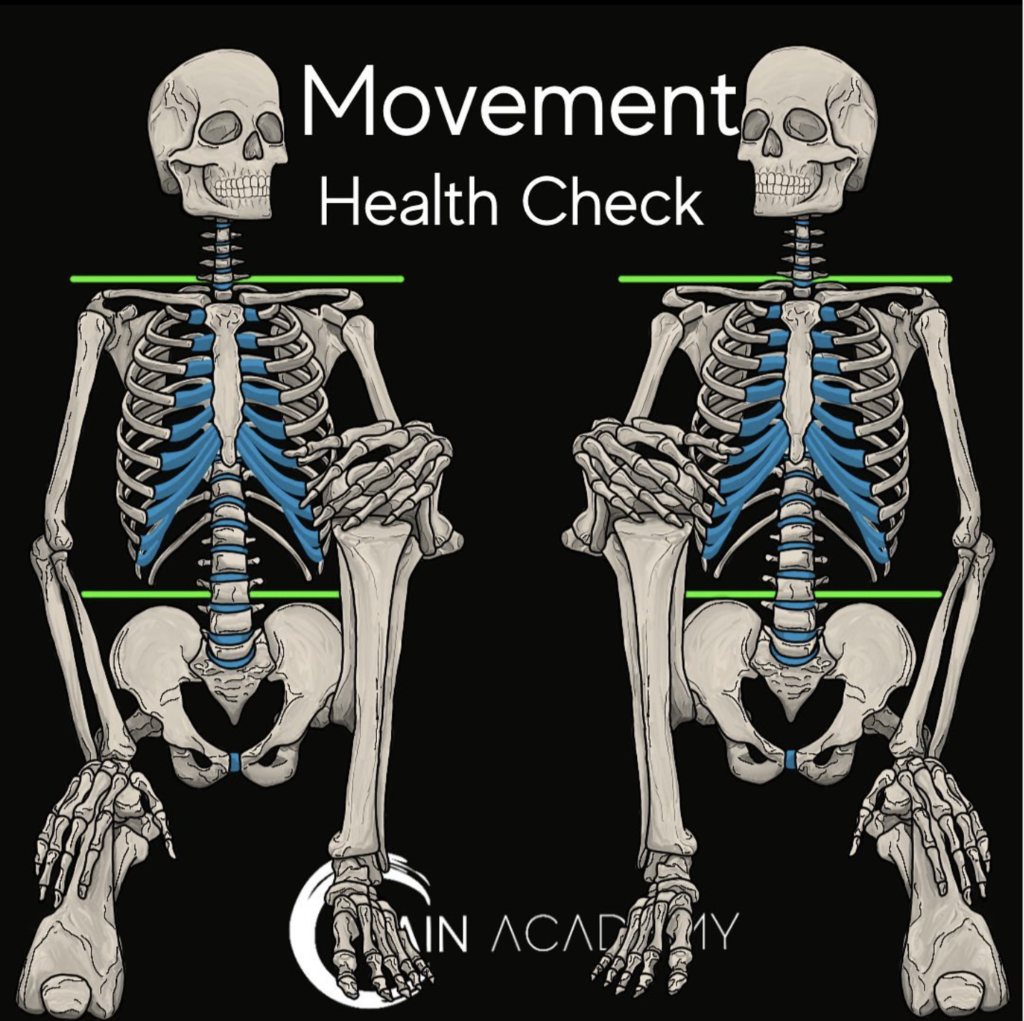
The ‘tune’ of your health is quantifiable.
When you go see the doctor for a regular checkup, key parameters are measure.
Height, weight, blood pressure, heart rate, etc,.
Your results once collected are then referenced to well established norms taken from thousands of healthy people collected over decades of studies.
When all metrics come back within what is accepted to be the norm, your health is ‘in-tune’.
If any of your health test results landed outside of the norm, your health is consider ‘out of tune’. Simple physiological tests can be early detectors of disease and health problems. If caught early enough, prevention methods can be effective in reducing symptoms, slowing further progression of disease or in some cases preventing disease altogether.
We measure so many key parameters to check the ‘tune’ of our health, yet rarely if ever check to see if our movement is ‘in-tune’ and healthy.
I want to give you a really simple position you can use to check the health of your musculoskeletal system.
Much in the way a blood sugar test can be used to detect early markers for type II diabetes, the position above can be used to detect early markers of muscular disease and dysfunction that can lead to a whole host movement problems if untreated.
SIDE NOTE: This isn’t for everyone. Use your best judgement if you want to try this. If you have a knee replacement this should be avoided).
Here’s what to do:
Get into the position as shown with the right leg directly in front of you in a squat position, and your left leg folded underneath you. Spend two minutes in this position. Notice if any joint becomes uncomfortable. Notice which muscles are working hard if any are.
Now switch the legs.
This time your left leg is in a squat position and your right leg is folded underneath you. Again, notice if any joints feel uncomfortable. Notice which muscles are working hard if any are.
Ideally, this should feel balanced with minimal work and no discomfort.
Proper ankle, knee, hip, pelvis, and spine function are needed for this to feel comfortable and balanced on both sides. If discomfort or imbalance showed up for you, movement dis-ease is starting to form.